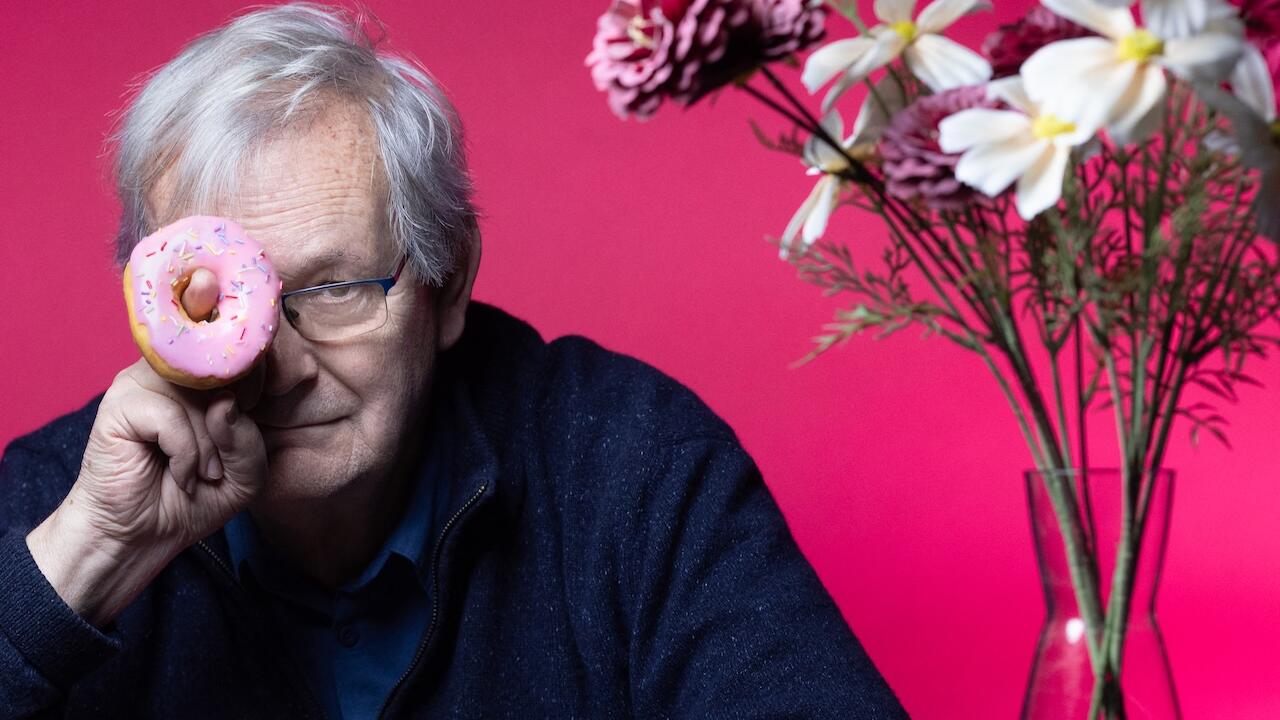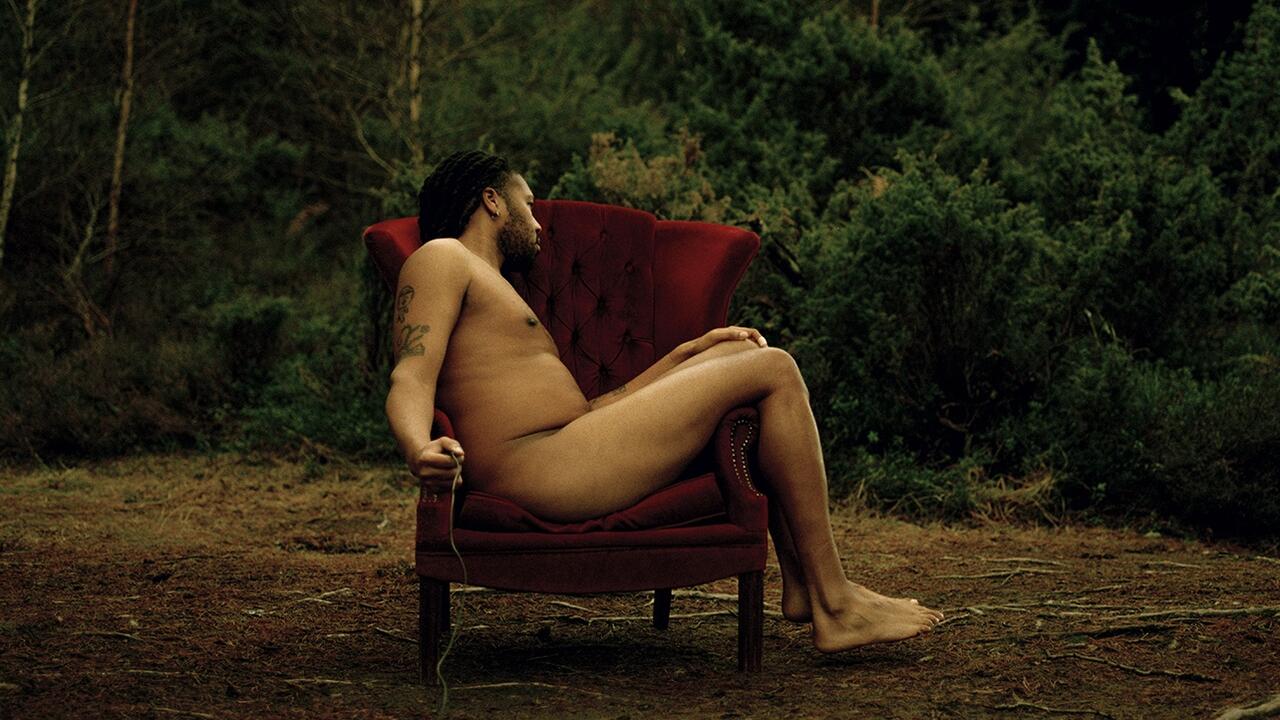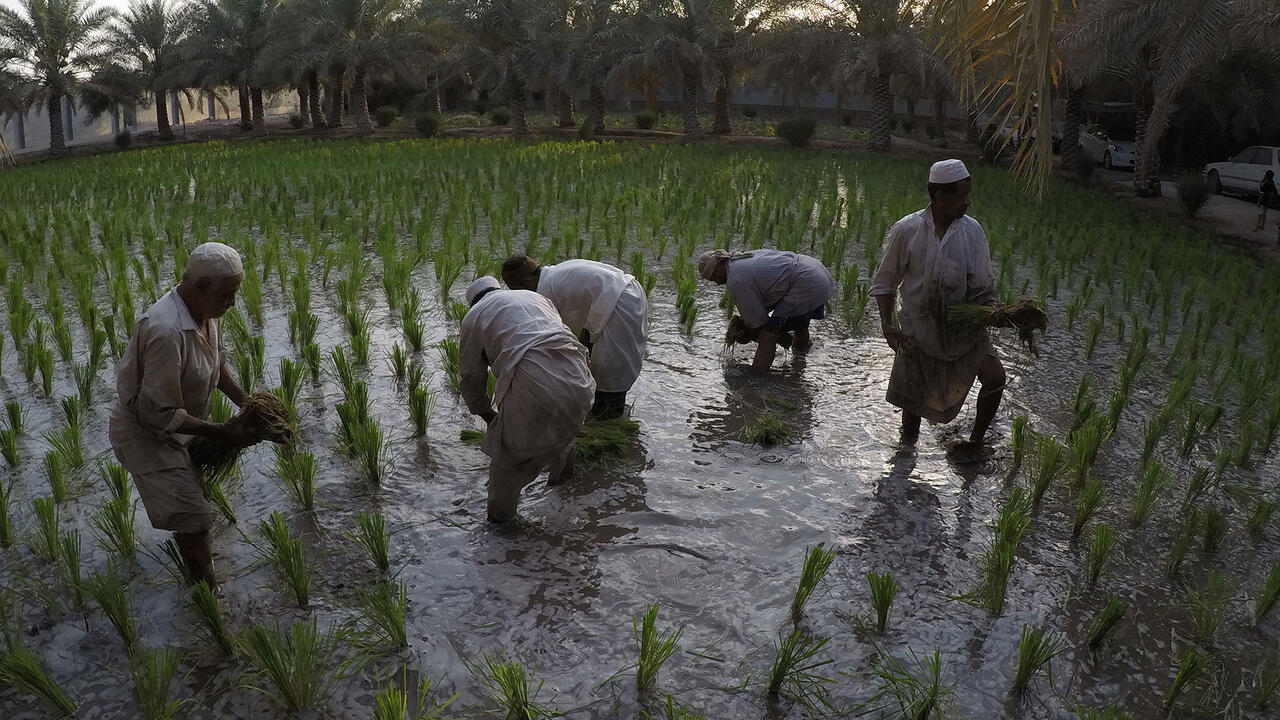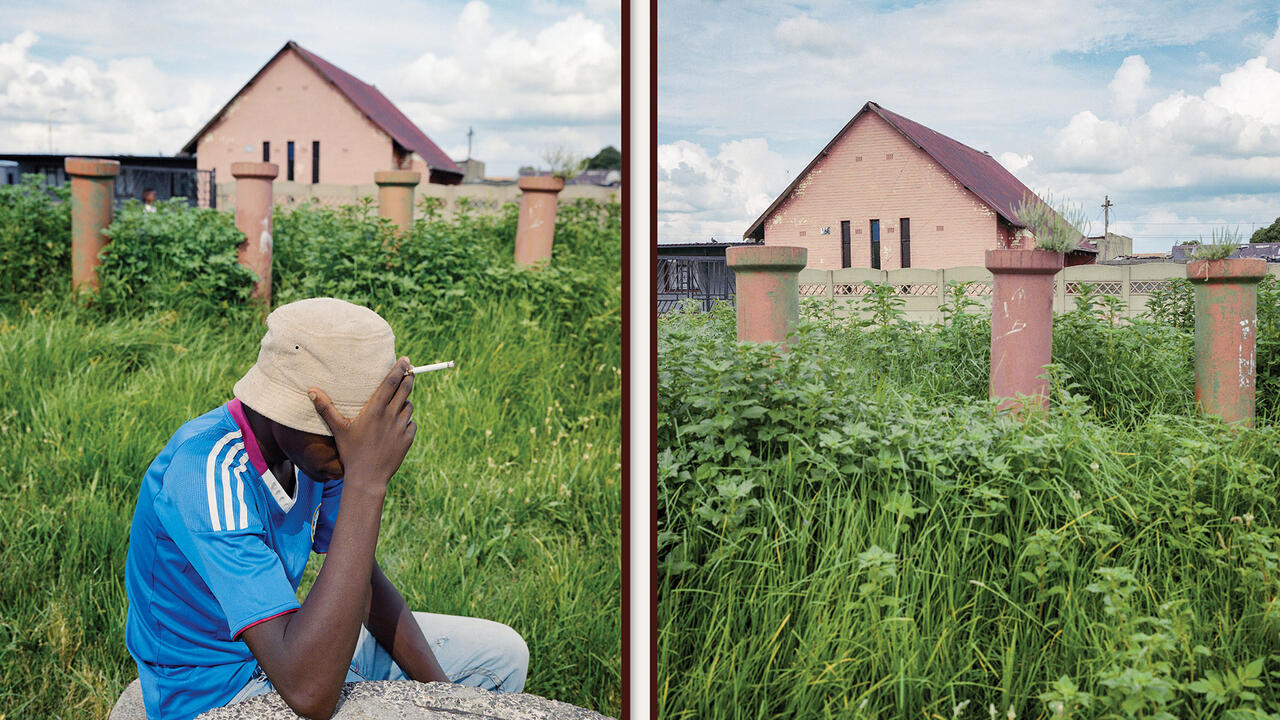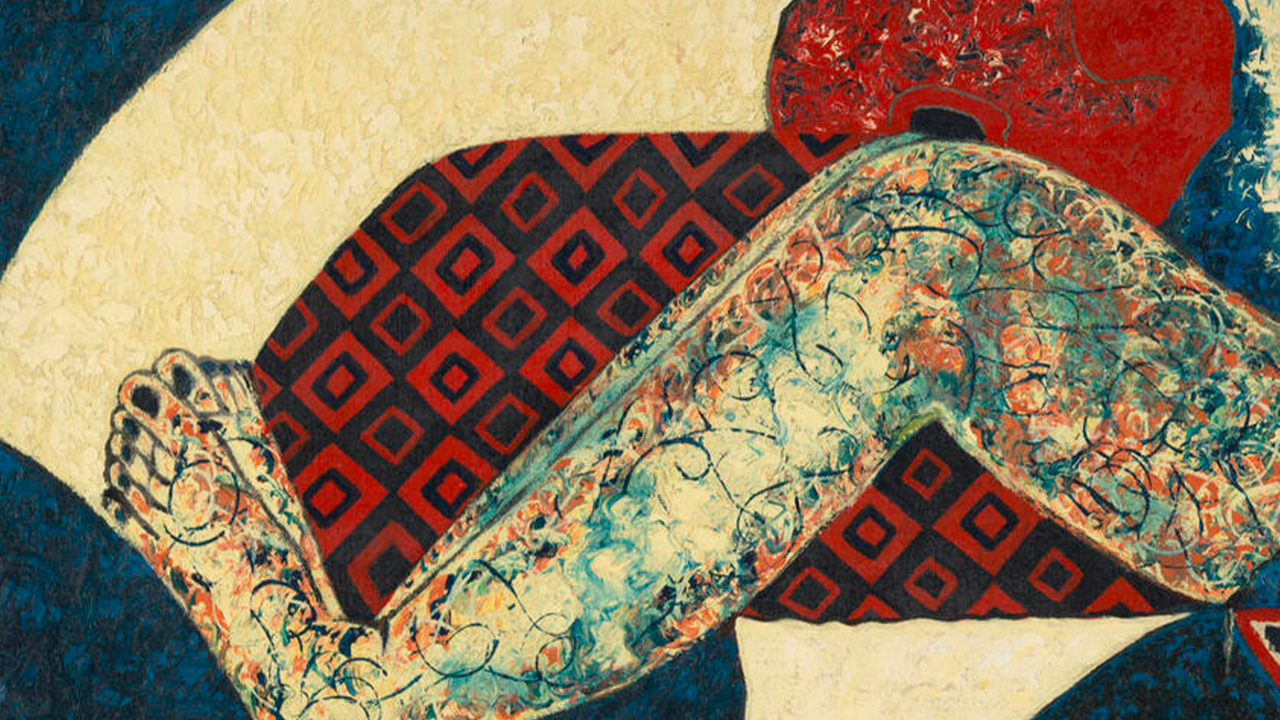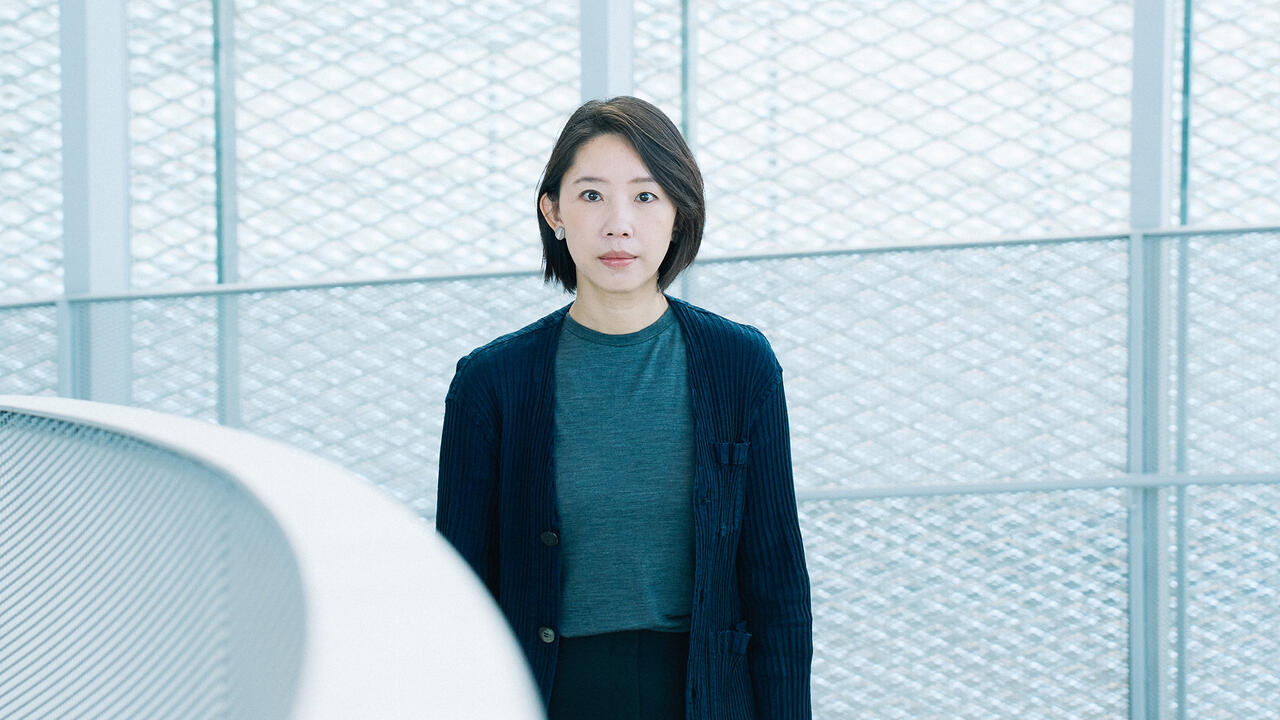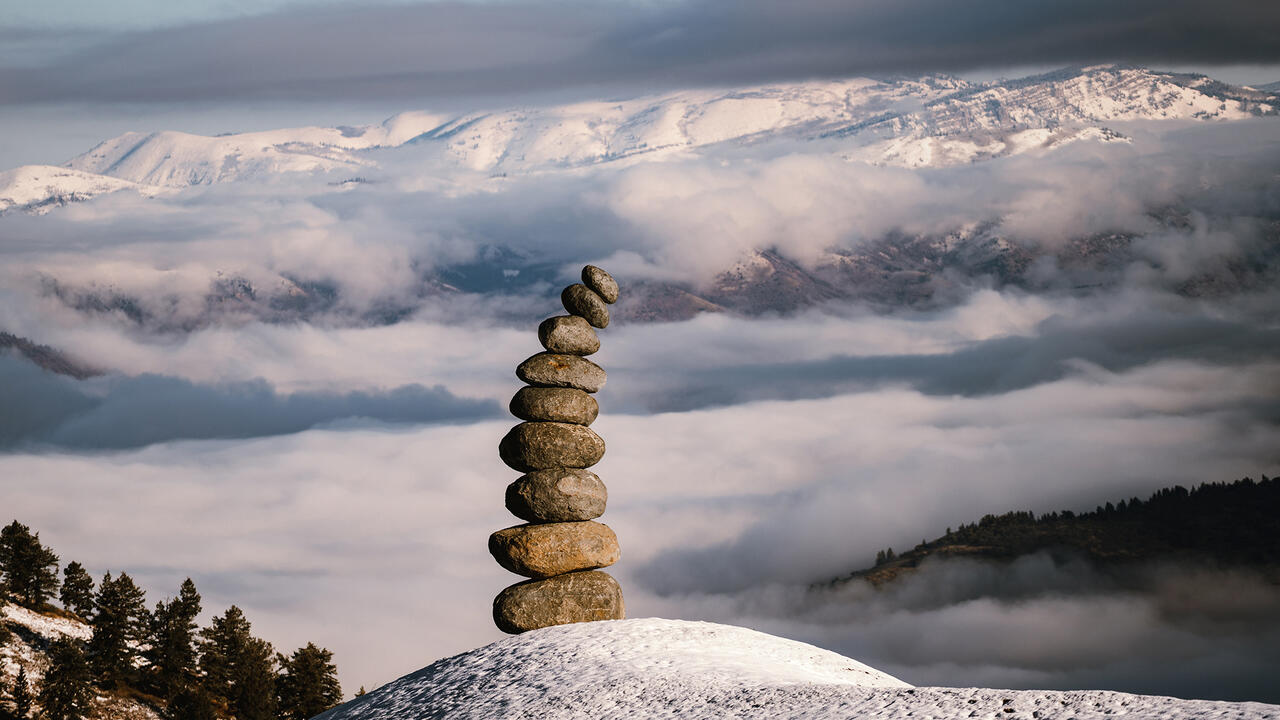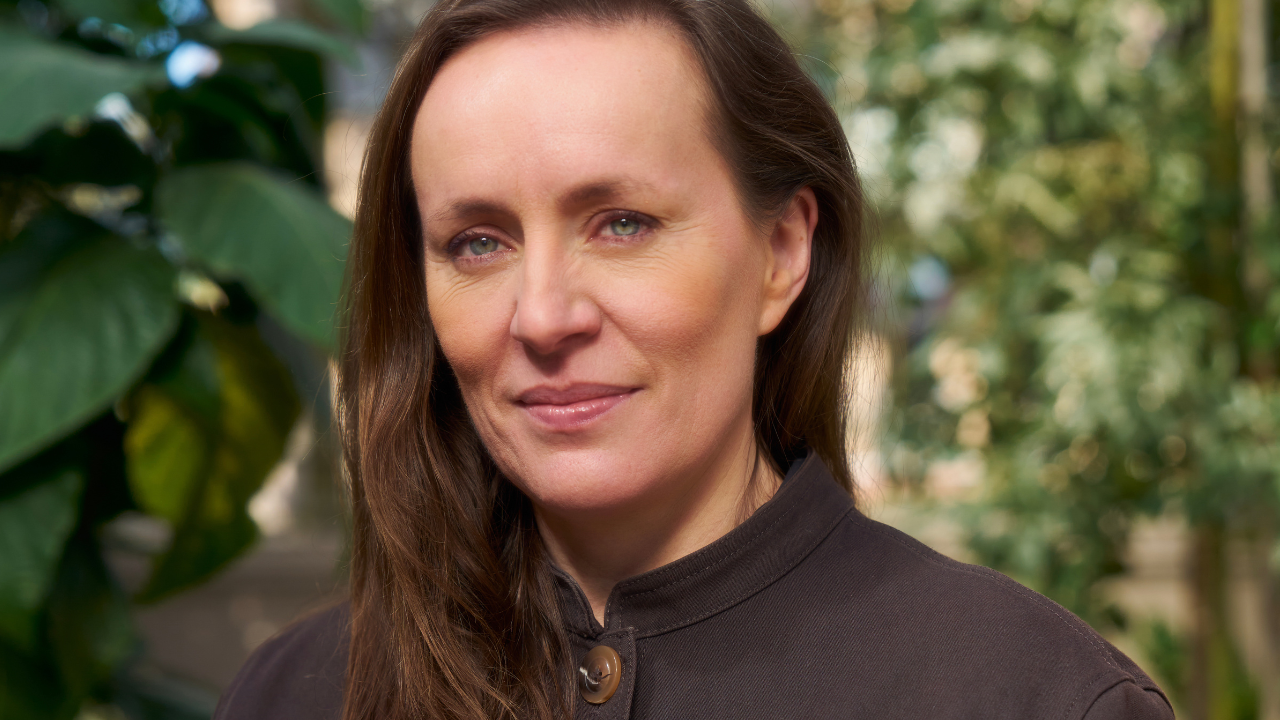Talking Pictures
Yto Barrada juggles her work as an artist with running a cinémathèque in Tangier. She talked to Jennifer Higgie about her reasons for opening a cinema, the ‘strategies of resistance’ she encounters in Morocco today, and her interest in botany
Yto Barrada juggles her work as an artist with running a cinémathèque in Tangier. She talked to Jennifer Higgie about her reasons for opening a cinema, the ‘strategies of resistance’ she encounters in Morocco today, and her interest in botany

Jennifer Higgie You are the director and co-founder of the Cinémathèque de Tanger [CdT]. What prompted you, as an artist, to open it and what role does it play in the cultural life of Tangier?
Yto Barrada The project began in 2003 when the group of artists and film professionals I’m part of formed a non-profit organization to take over the lease of the 1938 Cinéma Rif, on the central Grand Socco plaza of Tangier. The Rif was going out of business, projecting scratched old Bollywood films to young men who generally used the darkened room for purposes other than watching movies. We thought it would be a good idea to bring both Moroccan and world cinema back to a local audience.
We did two years of fundraising and two more of construction; the Cinémathèque finally opened five years ago as north Africa’s first cinema/cultural centre. We wanted an ambitious programme of contemporary and classic film; we also launched a series of workshops and master classes, which put world-renowned practitioners together with local audiences, including children, women’s groups, student filmmakers and non-profit organizations. Since then, the Cinémathèque has welcomed an audience of tens of thousands from all walks of life, screening some 300 films from more than 20 countries, and thus realizing its primary goal: to bring the people of Tangier back to the movies. At the heart of any cinémathèque is a film archive, and the CdT has presented selections from its archive of documentaries, Arab cinema and related films from home and around the world.
Something we didn’t anticipate is the way our café has been taken over by the local teenagers and young adults who seem to spend all of their free time there flirting, playing the guitar, singing, using the free Internet, nursing a Coca Cola, hitting on our interns and very occasionally going to see a movie. Everybody says a cinema today has to be a destination! The lobby of the Cinémathèque de Tanger, 2009
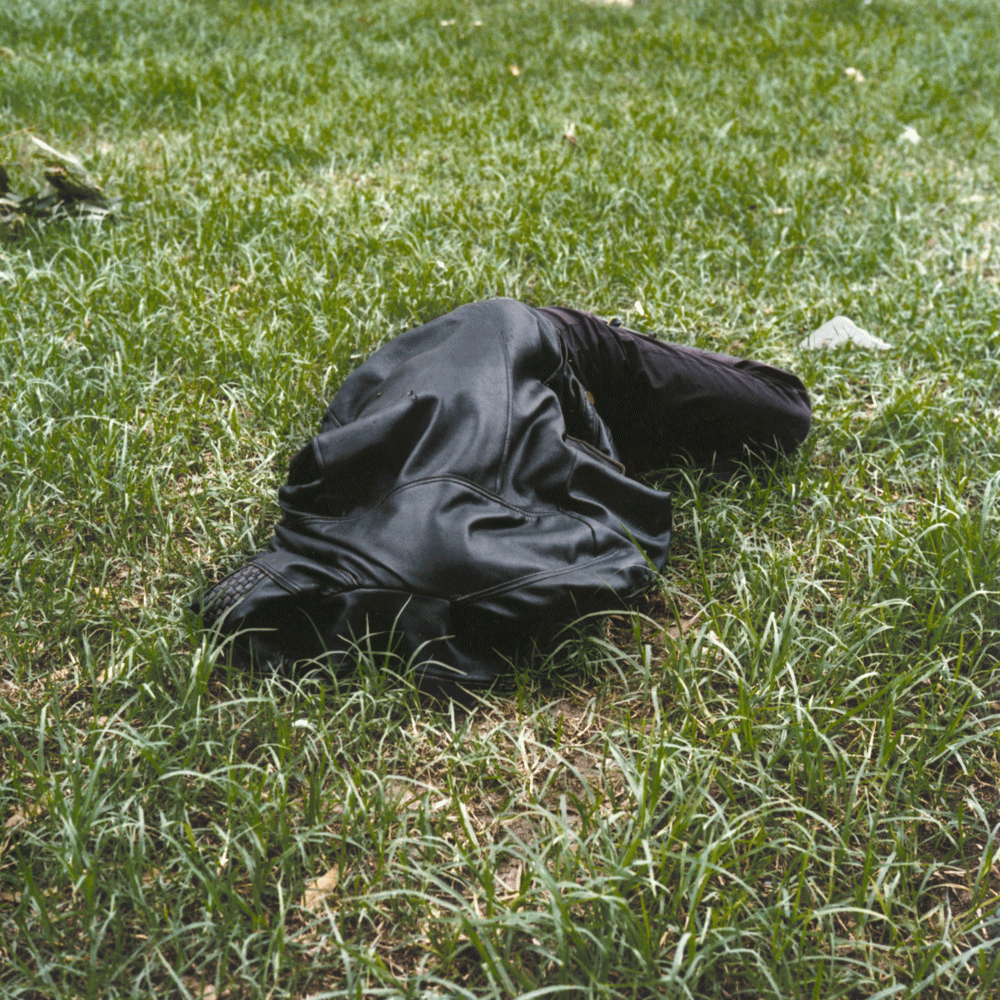
JH Do you consider the Cinémathèque as an extension of your work as an artist or as something quite separate?
YB At first, the two activities seemed to be engaged in an exhausting competition for my energy and time. I had two full-time jobs, with tonnes of management, fundraising and administration to do, and it was really excessive. The experience taught me a lot, though, and over the past couple of years I’ve come to realize that the CdT is part of my work, a sort of site-specific intervention, which demands a new kind of creativity from me. At the same time, what is happening in and around the cinema feeds into my work. The art world has been quite supportive of the CdT and has understood it’s more than just a movie theatre. So now my two jobs are more or less complementary. I come from a generation of artists from the Arab world for whom ‘home and away’ matters – it’s an exciting laboratory.
JH What determines your programming at the CdT?
YB The whole team works on programming: Léa Morin, who manages day-to-day activity, handles the programme in collaboration with Bouchra Khalili (an artist based in Paris) and myself. But we can’t always get what we want. Access to films is one of the hardest things we have to negotiate. The three or four distributors here don’t bring many of the films we want to North Africa. We have no art-house circuit, so every action is a kind of innovative new project and a fresh set of hassles. Also, the censors in Morocco have the habit of approving only a small number of imported films and we’re obliged to ask them to approve dozens of titles a year. We’re founding partners of the promising new Network of Arab Art House Screens, which could really empower us if we start negotiating as a group for rights, training together and inviting filmmakers, etc.
There’s been a surge in demand for top-shelf programming from the Arab World – we’re beyond the 9/11 effect now – so we’ve been busy working with partner institutions – such as the Los Angeles County Museum of Art, the Thessalonki Biennale, the University of California Berkeley Art Museum and Pacific Film Archive, and Virreina Centre de la Imatge in Barcelona – to assemble film programmes. In July, with Stuart Comer , we programmed a selection of films by Ahmed Bouanani at Tate Modern – Bouanani was a brilliant and largely overlooked Moroccan poet and filmmaker, who died earlier this year.
JH Do you have any problems with censorship?
YB Aside from the practical problem of getting clearance from the Moroccan film censors ahead of every film in our programme, we haven’t been censored much. But after ten years of cultural activism, I can say there is a form of constraint through the obstacle-course of bureaucratic demands and, over time, we’ve had the creepy sense that some passive–aggressive force in the bureaucratic ether wants the CdT not to thrive. For example, a man from some agency – let’s call him Mr X – suggested his agency might be able to award a grant to the Cinémathèque. In initial meetings he was warm and enthusiastic and we began to work with his staff. Then strange, arbitrary requirements emerged, compounded by sudden deadlines and long delays. The agency began to express irritability over matters of minor terminology, and to send reprimands about an article in the press regarding the Cinémathèque that didn’t mention someone or other. And then our grant application was disqualified for the year because a word was missing on the cover page, Mr X was transferred to another agency and we had to start all over again. This is a phenomenon that everyone in the cultural non-profit sector knows about. You are widely encouraged, it’s a free country, everything is possible – but the spectre of the arbitrary haunts real progress. These kinds of complications are like a hydra – when you cut off one head, it grows back five more.
JH Your work as an artist grew out of your studies in political science. What did an image-based approach offer you that words didn’t?
YB That separation is artificial. I made the transition pretty early from academic reading and writing to real-world research on projects that made use of multiple resources, including writing and photography. Photography still has a central role in my practice. Now I do sculptures and films, but also publications, posters, books and freestanding texts. What’s left is my taste for research and slow process. I’ve come to accept that slowness is one of my virtues.

JH Much of your art work alludes to transformation (magic, borders, sleep, travel, growth of plants, translation) and ranges from the macro (images of tectonic plates, journeys, buildings, ships and buses) to the micro (cigarette packets, flower petals, your grandmother’s handwritten notes). Would you agree that you are, in a sense, creating a fractured portrait of your family and your country, in which the shards are as significant as the larger elements of the myriad histories you reference?
YB I agree. There are collectors and hoarders: in a way, I’m both. My collection is growing. The work is a way to get rid of some of it.
JH It was only in 1995, with the arrival of the EU’s Schengen zone and the fortification of its borders, that the Strait of Gibraltar restricted African access to Europe. In your book A Life Full of Holes: The Strait Project (1998–2004) (2005) you write about the ‘allegorical identity of the Straits of Gibraltar as a place which inescapably stands for something larger – the crossing point of continents’. Could you elaborate on this?
YB Nadia Tazi said in an interview in the same book that the Strait ‘is seen not so much as a place but a state of being’. The closing of Europe’s common border to Moroccans coincided with the arrival of satellite dishes and DVDs in Tangier. So everybody was getting this rose-tinted vision of a European paradise that was forbidden to them. For some time, Tangier was a big existential waiting room. Thousands of people have died trying to cross the Strait. Now the city has other issues besides being a jumping-off place for immigration. There’s a big push to develop the north, and real estate economics are driving everything in a kind of fast-forward transformation of the city.
JH Your photographic series (‘Autocar’, 2004) is a study of the logos used by various bus companies, and alludes to the fact that illiterate people who stowaway in the undercarriages of tourist buses rely on the logos to know which bus goes where. Does focusing on the more abstract elements of stories of terrible hardship run the risk of turning something tragic into something aesthetically pleasing? From the series 'Autocar', 2004, C-type print
YB Actually, what I am really unearthing, discovering and learning to read are the strategies of resistance, the ‘hidden transcripts’ of people who are faced with superior power. The lady in my film The Smuggler (2006); my illiterate grandmother with her coded telephone books; the illiterate kids who figure out a bus logo route-identification system to escape to Europe – these are all characters of the Tangier I know. The Rif Mountains are nearby, that stronghold of resistance to colonization in the Rif Wars [which took place between 1893–1927]. The French and the Spanish had so much trouble there that the 1950s’ French slang word ‘rififi’ means ‘trouble’ and ‘fight’. It’s where Jules Dassin got the title of his 1955 film noir, Rififi.
JH Do you feel there is a gulf between the subjects of your work and the people who get to see it in a gallery? What are your thoughts on the ethics of representation in your work?
YB You’re suggesting that I represent disempowered, passive people in my work and that the art viewer is privileged, empowered. But the characters I represent aren’t the victims of some superior power: in their own way, they could be saboteurs. Even the men sleeping in public parks in my series ‘Sleepers’ (2006) may look like they’re dead but they’re only taking a nap. I don’t see passivity there. I am attentive to what lies beneath the surface of public behaviour. I am a big reader of Jonathan Swift. In public, those oppressed accept their domination, but they always question it offstage. The subversive tactics, strategies of class contestation and forms of sabotage used by the poor is what I try to locate. These characters could well distract you from the big picture, and it’s a challenge to maintain the right distance. I am not idealizing some kind of figure of everyday resistance. The big picture is a human disaster. The city is modernizing but the people’s needs are not at the centre of the decisions – the triumphalist liberalism of the choices made in our national infrastructure projects is quite blinding. From the series 'The Sleepers', 2006, C-type print
JH What do you see as the relationship between art and activism in your work? Do you differentiate between the two?
YB Of course, it’s very different. As an artist I don’t have the impression of doing political activism. Many artists I admire have a pedagogical engagement, like the Spanish ‘missionary filmmaker’ José Val del Omar. I find the breadth of his production process interesting, too: from making documentaries to organizing projections and exposing rural people to great films and images of works from museums, to his technical experiments in cinematic poetry. I just saw a show of his work at Virreina Centre de la Imatge. I also discovered the work of the Colombian artist Nicolás Paris – these extraordinary drawings and tools for teachers – at the central pavilion of the Venice Biennale this year.

JH Your work is full of people turning away, of abandoned objects, desolate landscapes, enclosures and visual barriers. Are you pessimistic about the future of Morocco? Or is that too reductive?
YB It’s too reductive because these scenes are not just the basis for documenting reality; for me, at least, they have an evocative power. In my photographs Restaurant, Villa Harris, figs. 1 & 2 (2010), for example, the torn fibreglass is hanging down in an empty dining room, but it made me think of the stomach of a whale or a ribcage, or an arched greenhouse with a torn plastic cover, or the flayed cattle in 17th century paintings. There’s a tension between the snapshot and the allegory that happens when an image works. I’m just as interested in the people who inhabit these spaces and their survival strategies – real or imagined. When the men in white shirts in my video Beau Geste (2009) take action to repair the dying palm tree, OK, it may be futile but at least they’re not resigned and neither is the magician in The Magician (2003), whose tricks fail half the time, like when he can’t put the chicken to sleep. And then there’s the very earnest voice of Yahya Sari in my texts A Modest Proposal (2009) and A Guide to Trees for Governors and Gardeners (2011) who explains how to plant trees to hypnotize the head of state. So, I am not a pessimist. There’s more resistance than meets the eye.
JH You have made a film about an amateur botanist showing a group of people around his garden (The Botanist, 2007) and your series ‘Iris Tingitana’ (2007) examines the marketing of Morocco and its urban and botanical landscape. In various works you have also employed the palm tree as a kind of visual shorthand for clichéd perceptions of the region and various trees recur regularly in your photographs and films. Could you discuss why you have chosen botany as a metaphor to explore the challenges facing contemporary Morocco generally and Tangier specifically?
YB Botany is not really a metaphor – it’s just another strata of my exploration of the territory, that’s all. I’m interested in rocks, too, and dinosaurs. I’m one of those people who can’t decide until I know all the parameters. I am a slow learner: I hoard all this research and wait for some understanding to take shape.
JH Your recent solo show at the Deutsche Guggenheim was titled ‘Riffs’, which simultaneously refers to musical improvisation, the Rif Mountains and to the Cinéma Rif. Could you elaborate a little on the significance of the word ‘riffs’ to your approach to making art and how it relates to what you have said in earlier interviews about the importance of juxtaposition in how you create meaning? Wallpaper, 2001, C-type print
YB At the Guggenheim show in Berlin (which is now at Wiels in Brussels), newer pieces – films, posters, sculptures and photographs – connected with older ones; with co-curator Marie Muracciole we decided to create a physical second layer in the show, so people could circulate between the different media. In music, a riff plays off the main melody, so the title stuck. I had been exploring the idea that the repetition of themes and motifs can become like the intersecting threads in weaving. Some of the repetitive themes in the show were palm trees, vacant lots, playgrounds and trees; I was working towards creating a ‘grammar of Tangier’, an expression coined by the writer Emmanuel Hocquard. My inspiration comes from reading the local press, popular culture and crafts, or from daydream-vision writing like Juan Goytisolo’s character Count Julian in his novel Reivindicación del conde don Julián (Count Julian, 1970) – the historical figure of the Spaniard who sided with the Moors in their invasion of Spain in the 8th century.
JH What are you working on at the moment?
YB This winter will be quite busy with new projects: I’m currently working on a new short film; writing a children’s book series with Sean Gullette and designer Nadja Zimmermann; and publishing a monograph with JRP|Ringier. We’re also publishing a book later this year (in five languages!) on the Cinémathèque in collaboration with Omar Berrada, the Librairie des Colonnes in Tangier and Virreina Centre de la Imatge. Yto Barrada is Deutsche Bank’s Artist of the Year 2011, an award which includes a solo exhibition, ‘Riffs’, which opened at the Deutsche Guggenheim, Berlin, Germany, in April and travelled to Wiels, Brussels, Belgium, where it is on show until 31 December; it will open at IKON, Birmingham, UK, in June 2012. Barrada’s film Hand-Me-Downs (2011) is screened this month at the Museum of Modern Art, New York, USA, and a selection of her work is on view at the 54th Venice Biennale until 27 November. Barrada lives and works in Tangier, Morocco.
Yto Barrada is Deutsche Bank's Artist of the Year 2011, an award which includes a solo exhibition, 'Riffs', which opened at the Deutsche Guggenheim, Berlin, Germany, in April and travelled to Wiels, Brussels, Belgium, where it is on show until 31 December; it will open at IKON, Birmingham, UK, in June 2012. Barrada's film Hand-Me-Downs (2011) is screened this month at the Museum of Modern Art, New York, USA, and a selection of her work is on view at the 54th Venice Biennale until 27 November. Barrada lives and works in Tangier, Morocco.









